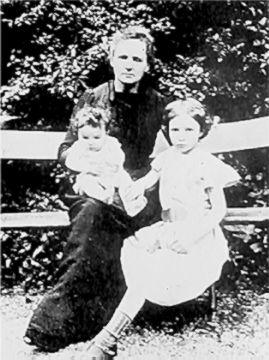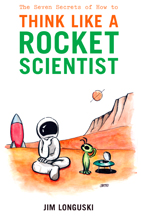 It’s hard for me to believe it, but it’s been 20 years since I first visited the Kennedy Space Center in Florida. My mom, goddess rest her soul, dragged the whole family there one day while we were on a Disney vacation. She did it because I, the eldest and nrrdiest of her daughters, was obsessed with NASA and being an astronaut. It also happened to be the 20th anniversary of the Apollo Moon Landing.
It’s hard for me to believe it, but it’s been 20 years since I first visited the Kennedy Space Center in Florida. My mom, goddess rest her soul, dragged the whole family there one day while we were on a Disney vacation. She did it because I, the eldest and nrrdiest of her daughters, was obsessed with NASA and being an astronaut. It also happened to be the 20th anniversary of the Apollo Moon Landing.
I remember the thump in my chest as we drove up, got out and oh my goodness, I was there! At 14 the only thing that would have been better would have been Space Camp with River Phoenix. Sadly I never made it to Space Camp or met River Phoenix. Broken youth dreams! But back to the Kennedy Center…I went wild. I read most of the placards carefully, sucking in all the geeky information and breathing in salty air. I spent far more in the souvenir store than I thought my parents would let me or could afford. But it was their way of supporting my dream.
We even went on a bus tour of the center. The tour director had his usual trivia questions ready to stump and educate the masses. Only he ran into me. I answered every single question without hesitation or competition. I don’t think I ever saw my mom in tears from laughing and pride every again.
This year we mark the 40th anniversary of man’s landing on the moon. It’s obvious that I didn’t end up becoming an astronaut. A few days after the Kennedy Space Center my parents took us to SeaWorld and I fell in love with marine biology – which I did end up doing for a few years. I know my box of newspapers that I bought at garage sales about the moon landing are somewhere in my basement. I also still have a commemorative plate to boot. I’m counting the days (just over 400) until my daughter and I can go to Space Camp together.
Before we go, I’ll be sure to read parts of Tanya Lee Stone’s latest book, Almost Astronauts: 13 Women Who Dared, with her. It’s a heart-wrenching book for me. To love space exploration so much and yet read how society and powerful government officials colluded to keep 13 highly qualified women from fulfilling their dream and potentially inspiring a generation of young girls. But I want my daughter to know what it took for her to have the chance to even consider being an astronaut or any scientist. I plan on a full review of the book on July 20th at my blog.
I sometimes wonder what it would have been like if Nelly Armstrong had landed on the moon with Betsy Aldrin. Who knows what kind of world we’d be living in…Or if we’d finally have that moon colony.

 Last week National Academies Press released findings from a
Last week National Academies Press released findings from a  This month Science Grrl looks at the mother-daughter bond in science & engineering.
This month Science Grrl looks at the mother-daughter bond in science & engineering. One of my most vivid memories of first grade is when Mrs. Gerry wouldn’t let me have
One of my most vivid memories of first grade is when Mrs. Gerry wouldn’t let me have 
 Happy Women’s History Month from Science Grrl! But for this post, you can call me Engineering Grrl, even though the only thing I’ve ever engineered is how to make all the pieces of an IKEA furniture piece fit where they need to fit.
Happy Women’s History Month from Science Grrl! But for this post, you can call me Engineering Grrl, even though the only thing I’ve ever engineered is how to make all the pieces of an IKEA furniture piece fit where they need to fit.  January 20, 2009 not only ushered in a new President, but a President who believes in science and wants to fund it. While I haven’t been in the lab in over a decade, my heart is still there, and I have been working on a daily basis for over ten years to convince more women to decide on a scientific research career.
January 20, 2009 not only ushered in a new President, but a President who believes in science and wants to fund it. While I haven’t been in the lab in over a decade, my heart is still there, and I have been working on a daily basis for over ten years to convince more women to decide on a scientific research career.  “It’s not rocket science.â€
“It’s not rocket science.â€ Last week I sat down with a group of journalism students and they asked what we can do to make math cool for girls. “We simply need to make math cool in general, not just for girls,†I replied. The same goes for science. Science is portrayed as the only field that uses big words (it’s not like law is any better—have you ever tried to read the terms & conditions for Facebook?) and thus intimidates many to think one needs to be a rocket scientist to be well, a scientist. So when scientific studies are printed in the media that “prove†that
Last week I sat down with a group of journalism students and they asked what we can do to make math cool for girls. “We simply need to make math cool in general, not just for girls,†I replied. The same goes for science. Science is portrayed as the only field that uses big words (it’s not like law is any better—have you ever tried to read the terms & conditions for Facebook?) and thus intimidates many to think one needs to be a rocket scientist to be well, a scientist. So when scientific studies are printed in the media that “prove†that 